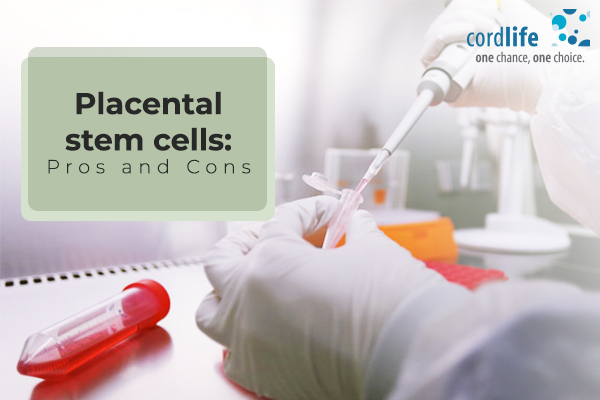Table of Contents
Diseases and bodily discomforts are a part of life! And whilst the medical world has been dedicating itself to finding cures for several diseases, so that we humans can survive and thrive, still, there exist several ailments that can’t be reversed to normalcy. The obvious predicament is either death or a lifetime of restricted movement, ongoing costly treatment or a vegetable state of existence. This is true for diseases like cancer, brain injury, autism and many other immunological disorders. Placental stem cell banking stands as a ray of hope, as it offers a possible means of treatment.
Today, when couples consider family planning, they automatically say yes to placenta cord storage! The blood sourced from the placenta has several therapeutic and remedial properties. Though a few couples are still on two minds about this idea, cord blood stem cell storage has become popular today. To have an in-depth and holistic idea about the entire cord blood stem cell storage, here are a few pros and cons that you may consider.
Stem Cell Cord Blood Can Save Your Child’s Life
One of the primary reasons for parents to store their baby’s cord blood is that they are able to save their life! The blood can be kept frozen and stored for an indefinite amount of time. However, the stem cell surgery is usually done till the young adulthood. Irrespective of your baby’s disease that needs a bone marrow transplant, the cord blood banking can also save his/her life.
Cord Blood Helps to Save a Family Member’s Life
Placenta cord blood also helps to save the life of a very close family member. In certain situations, there are families that have other children who, for some chronic ailment, require a cord blood stem cell transplant to save their children’s lives. Whilst this might not be ethical to some, it might also be the only choice in certain situations.
It Is Usually Accepted By the Recipient’s Body
The stem cell from an infant’s own placenta stem cell banking is perfect for the body to accept. This indicates that for the child, it is less likely to opt in for several transplants for this method to work successfully.
The Stem Cells Might Be Developed into Various Kinds of Cells
The stem cells have the chance to develop into multiple kinds of cells. This denotes that the placenta cord blood cells might be used to treat a wide range of health disorders and ailments.
After a set of positives about placenta cord blood storage, you also need to know about the cons. On the downside of this process, there are two cons you need to stay aware of.
You Should Be Prepared For It
If you are opting for placenta cord blood storage, you should decide on this early during your pregnancy. Owing to the process that is not routine, you should ensure that you have all that is required beforehand and select a hospital that understands the process.
The Process Can Be a Tad Bit Costly
Placenta stem cells banking storage can be expensive. Based on the storage bank that you select to store the placenta cord blood, the cost of the storage will depend. Other than the enrolment expense, you will also need to pay the maintenance fee.
Though placenta cord blood storage and collection are indeed expensive, it is completely worth its price. The capacity to save a life, be it your child, a sibling or a family, with the saved cord blood is close to a miracle. If you happen to be pregnant, you need to consider this option and respond appropriately.
